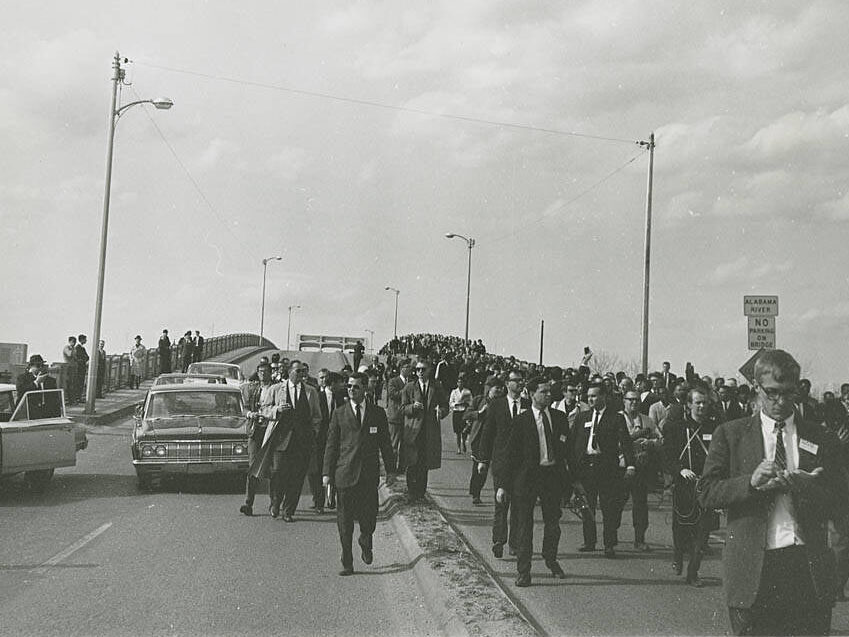
Growing up in America during the 50s and 60s was like being part of a huge transformation. The country was buzzing with new ideas, major cultural shifts, and cool tech breakthroughs that changed everything. It was a time of change—from the music that shaped youth culture to the social movements that reshaped America. Here are 15 ways America felt different growing up in the 50s and 60s.
Television Was New and Exciting
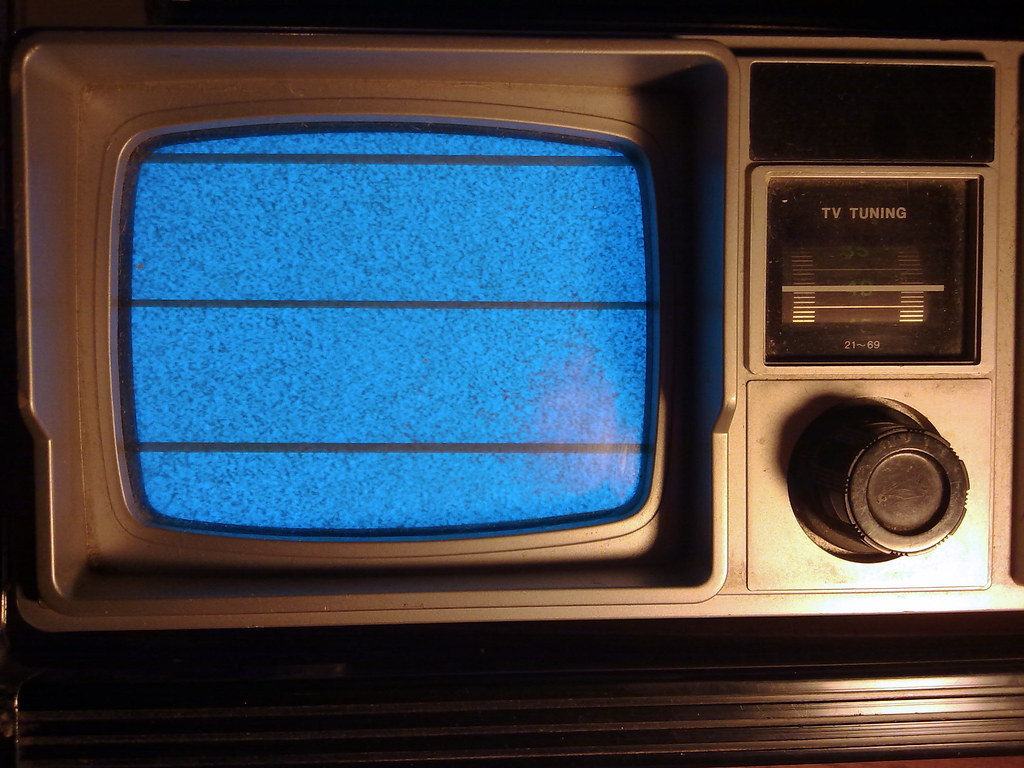
In the 50s, families eagerly gathered to watch the few programs available on TV. These were the days when the entire neighborhood would tune in to watch The Ed Sullivan Show or The Twilight Zone, often in black and white. TV brought a shared experience to American households, something that feels a bit rare today with on-demand streaming.
Cars Were a Symbol of Freedom
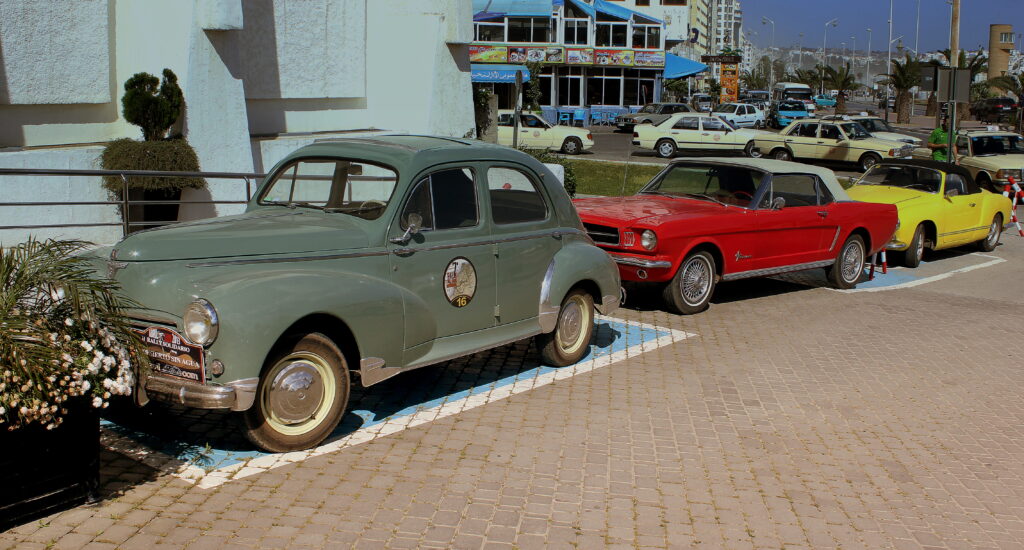
Owning a car in the 50s and 60s wasn’t just practical—it was a sign of success. Cars like the Chevrolet Corvette and Ford Mustang were dream machines, and they reflected the growing prosperity of that time. The open road was calling, and families often took cross-country trips to explore America. For teens, getting a driver’s license was a rite of passage.
The World Felt Bigger
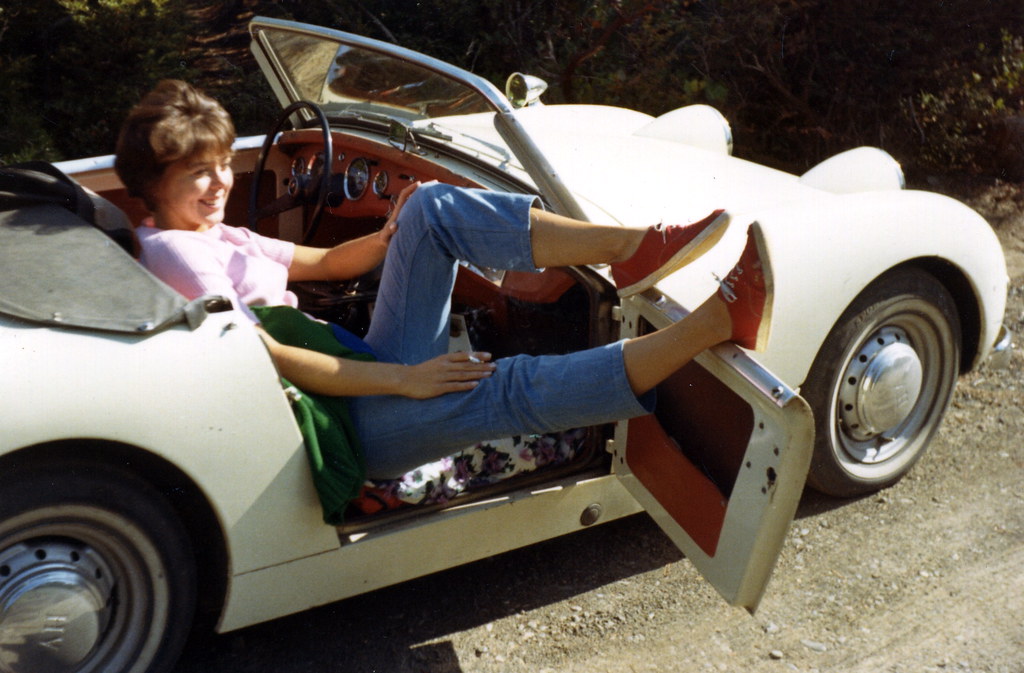
Before the internet shrank the world, the 50s and 60s made the world seem vast and mysterious. Travel was slower, and people relied on books and word of mouth for knowledge. If you were looking for adventure, you’d hop in your car, head to the drive-in theater, or explore your neighborhood. There were no GPS or instant Google searches—just maps and a sense of curiosity about the world beyond your town.
Music Was Revolutionized
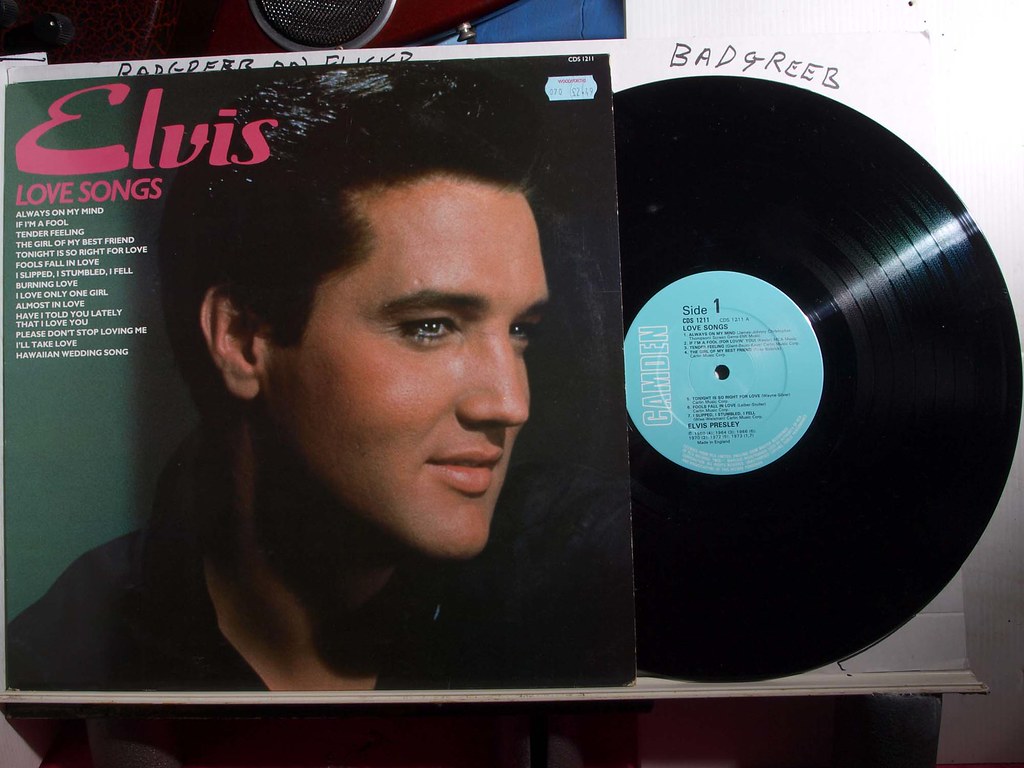
Music in the 50s and 60s was transformative. The rise of rock ‘n’ roll in the 50s (led by Elvis Presley) introduced a rebellious spirit that changed the way young people saw the world. By the 60s, artists like The Beatles and Bob Dylan created anthems that symbolized youth culture and social change. Radio stations blasted these new sounds, and it felt like music was a movement that connected generations.
Suburbia Became the Ideal
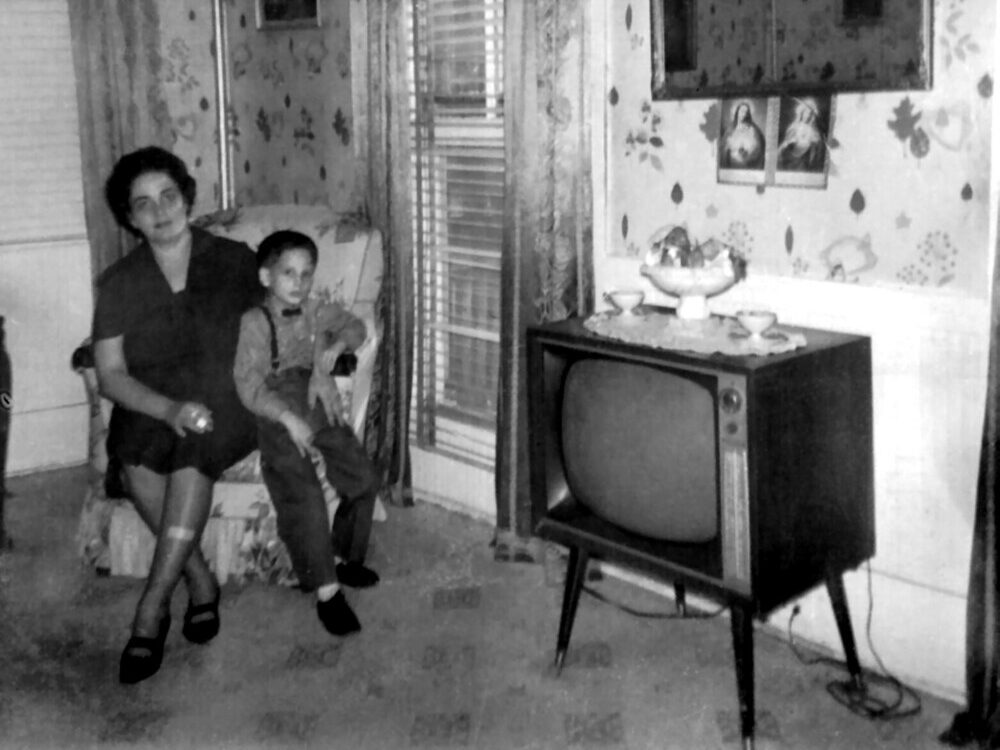
Suburbs were booming in the 50s, and families dreamt of owning their own homes in the quiet, peaceful suburbs. This was the era of the “Leave It to Beaver” lifestyle, where fathers worked nine-to-five jobs while mothers stayed home to take care of the house. It was a simple, picture-perfect image of the American Dream.
Gender Roles Were More Rigid
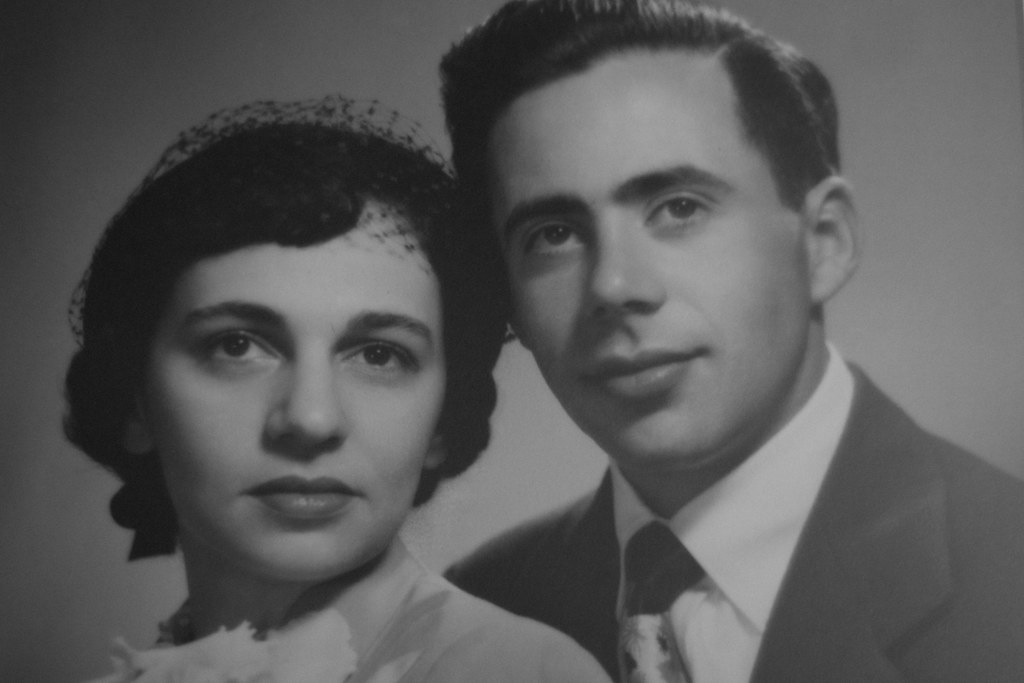
Back in the 50s, gender roles were firmly established. Men worked in offices or factories, and women ran households, cooking dinner and raising kids (the typical patriarchal scene). It was rare to see women in the workforce, and those who did work were often teachers or nurses. However, by the 60s, things began to shift.
Technology Was in Its Infancy

The 50s and 60s were the early days of tech. People still typed away on typewriters and used rotary phones to make calls, which were often long-distance and pricey. Seriously, making a long-distance call back then was a big deal—something you’d plan for and get excited about. Computers didn’t even make their way into homes until later, and the idea of carrying a phone in your pocket? Yeah, that was pure fantasy.
The Civil Rights Movement
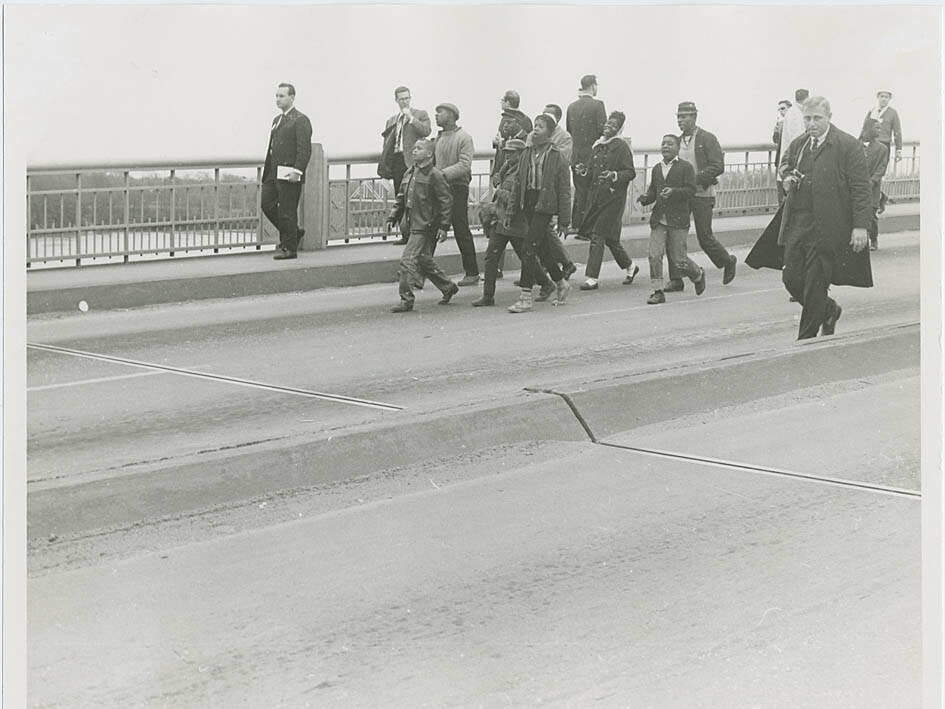
The 60s were a turning point with one of the most important social movements in American history. African Americans (led by people like Martin Luther King Jr.) fought for much-needed equality and justice. The Civil Rights Movement started protests, marches, and laws that flipped the script for the nation. While folks in the South were still stuck under Jim Crow laws, people in the North were dealing with segregation in schools and workplaces, too.
The Cold War Loomed Large
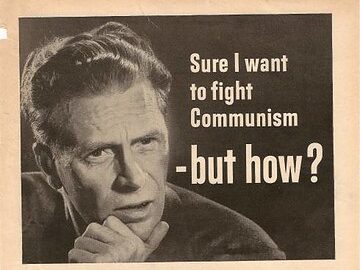
The fear of communism and nuclear war made the 50s and 60s feel tense. Kids practiced duck-and-cover drills at school, getting ready for the worst if the Soviets ever attacked. Families even built bomb shelters in their backyards to be safe in case the unthinkable happened. The Cold War was a mental battle, too. The constant threat of war loomed over everyday life.
School Was Different
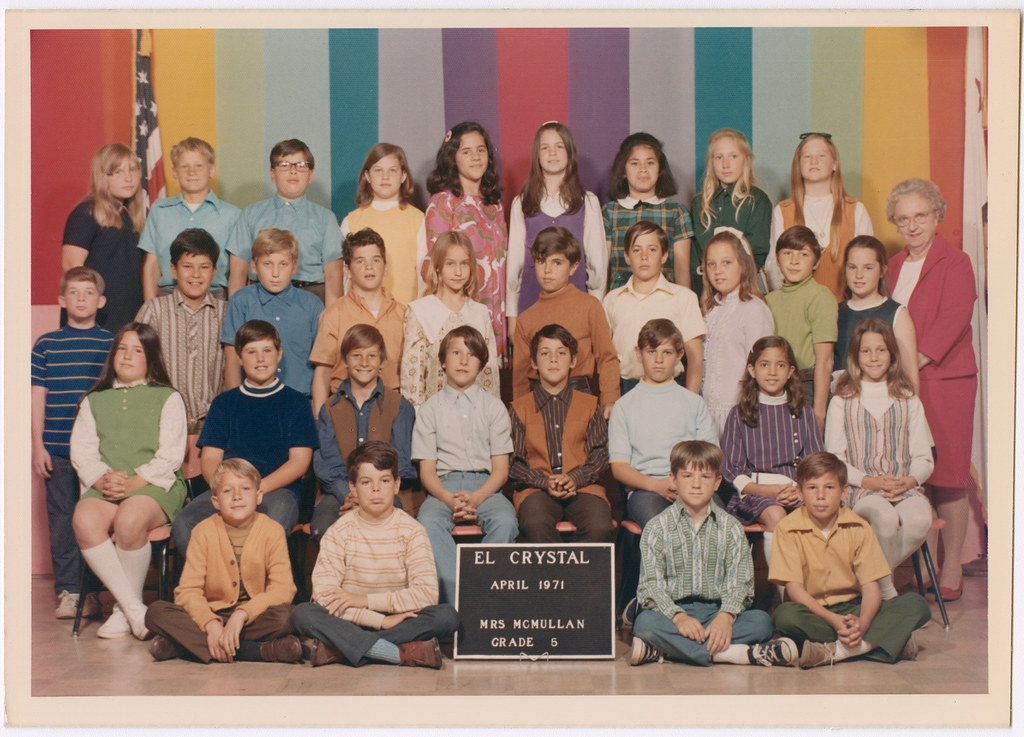
Schools in the 50s and 60s were pretty strict. Teachers had all the authority, and you rarely saw any disruptions in class. Every day, students stood up to pledge allegiance to the flag, and corporal punishment was still a thing. There were no computers or calculators—just pencils, paper, and books. Discipline was key, and kids were taught to respect their elders, no questions asked.
Fashion Was More Formal
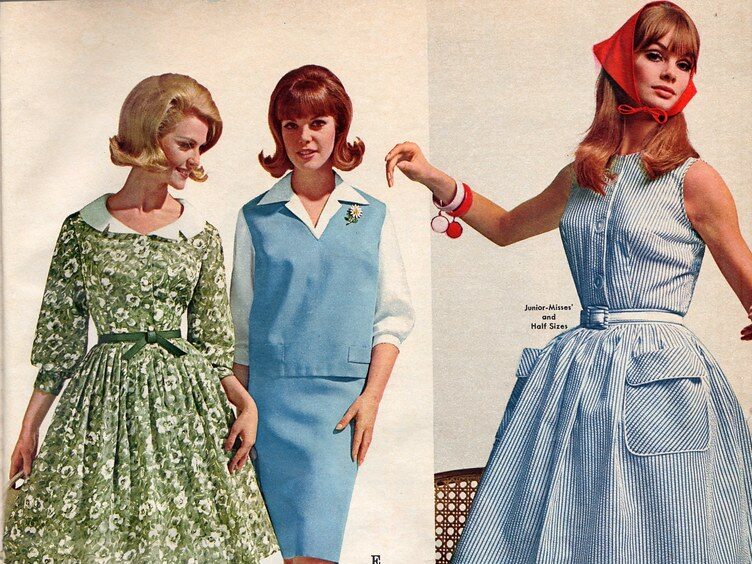
Fashion in the 50s and 60s was all about looking sharp and put together. Men rocked suits and ties for everything—from running errands to a night out. Women wore dresses and skirts and had their hair styled neatly, even for regular day-to-day stuff. Hollywood celebs like Marilyn Monroe and James Dean set the bar for what “cool” really looked like.
Life Moved at a Slower Pace

Without the rush of emails, texts, or constant notifications, life in the 50s and 60s felt way slower. People spent more time chatting face-to-face or having long, meaningful phone calls. With less instant access to everything, there was a real sense of anticipation—whether you were waiting for a letter to arrive or for your favorite TV show to come on.
The Vietnam War Shaped a Generation

The Vietnam War shifted things for young people in the 60s. It was very controversial, and protests were popping up everywhere. The images of soldiers in combat, the draft, and all the loss of life made a lot of people question the government. The war created a generation that would never see authority the same way again.
No Mobile Phones, No Instant Connections
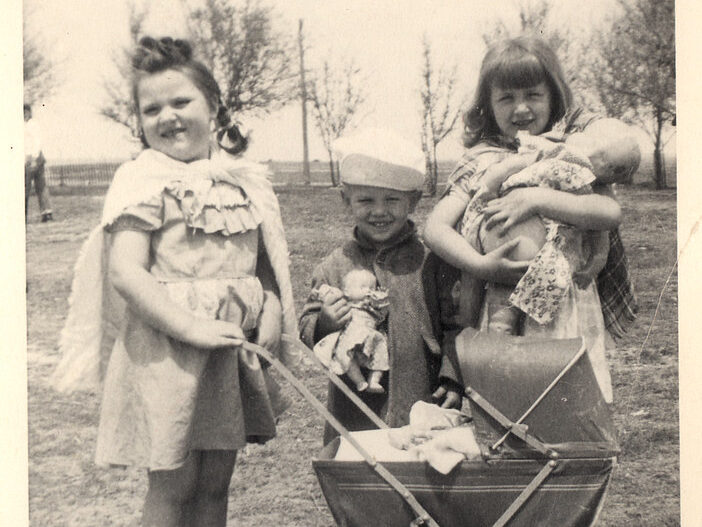
In the 50s and 60s, there were no mobile phones or social media. If you wanted to talk to a friend, you called them on a landline—or if they weren’t home, you just left a message. Long-distance calls were a big deal and needed some planning. People actually wrote letters, and waiting for a reply could take days or even weeks.
Kids Had More Freedom
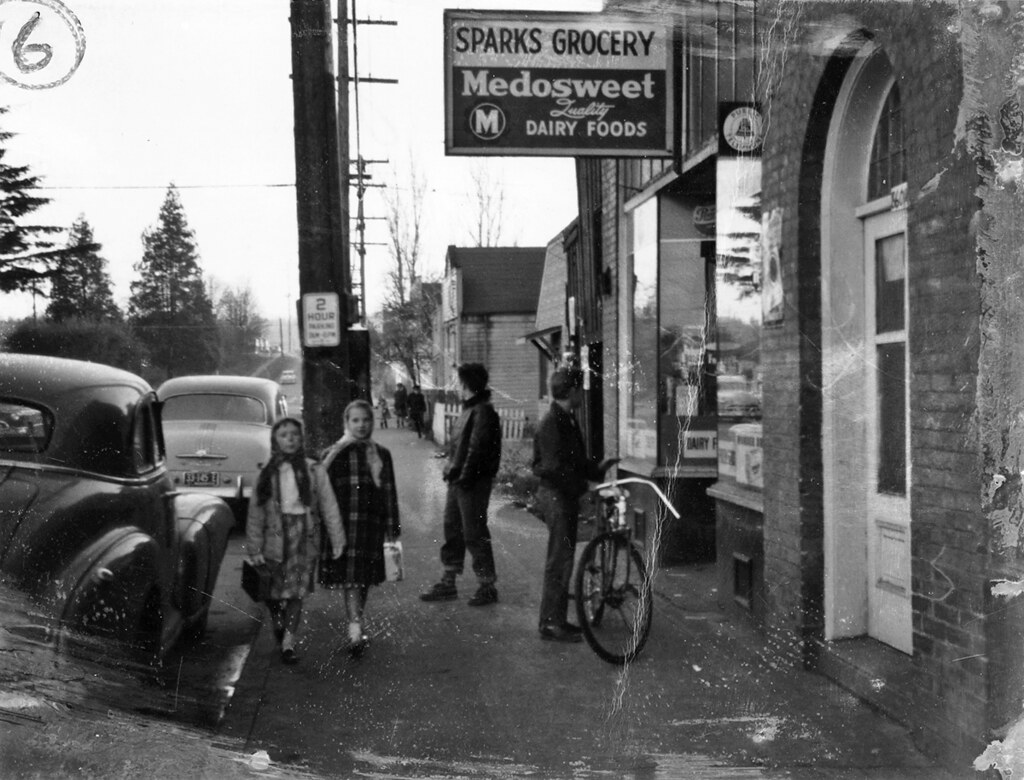
Back in the 50s and 60s, kids didn’t have the same kind of supervision they do now. Parents weren’t stressing about their kids walking to the park or playing outside until the streetlights came on. The neighborhood was like your playground; you could knock on doors to see if friends were home. The whole “stranger danger” thing wasn’t as big, so kids roamed freely and had tons of adventures.
